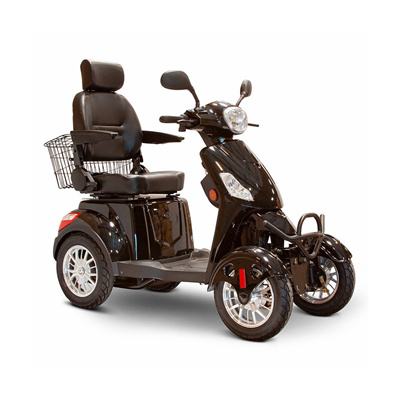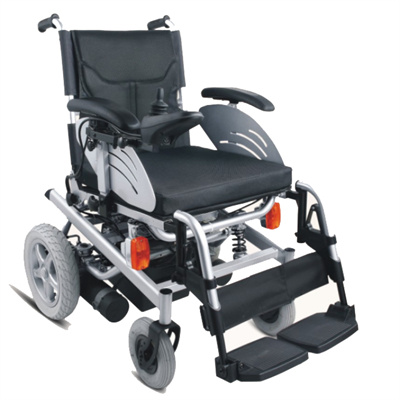Choosing the right wheelchair is a crucial decision that can significantly impact the comfort, mobility, and quality of life for individuals with mobility impairments. There are various factors to consider when selecting a wheelchair, and the choice should be based on the specific needs and preferences of the user. Here are some key considerations to help you choose the right wheelchair:
- User’s Mobility Needs and Goals:
- Assess the user’s mobility requirements. Consider whether they will self-propel, require assistance, or use a power wheelchair.
- Determine the primary use of the wheelchair, such as indoor mobility, outdoor activities, or both.
- Consider the user’s long-term goals, as their needs may change over time.
- Type of Wheelchair:
- Manual Wheelchair: These are propelled by the user or a caregiver and are available in various configurations, including standard, lightweight, and ultra-lightweight models.
- Power Wheelchair: Electric wheelchairs are suitable for users who have limited upper body strength or cannot self-propel.
- Body Measurements and Fit:
- Accurate measurements of the user’s body are essential for a well-fitting wheelchair. Consider factors such as seat width, seat depth, backrest height, and legrest length.
- The user’s weight is also crucial in selecting a wheelchair that can safely support them.
- Comfort and Seating Options:
- Wheelchair comfort is vital for preventing pressure sores and ensuring long-term usability.
- Consider options like adjustable backrests, seat cushions, and headrests to maximize comfort and support.
- Mobility and Terrain Considerations:
- Think about the user’s daily activities and the terrain they will encounter. Will the wheelchair be used mainly indoors, outdoors, or on rough terrain?
- For outdoor use, consider all-terrain or off-road wheelchairs with enhanced suspension and tire options.
- Transport and Portability:
- If the wheelchair needs to be transported frequently, consider the weight and foldability of the chair.
- Some wheelchairs are designed for easy disassembly or have quick-release features for easier transport.
- Accessibility and Home Environment:
- Ensure that the wheelchair can fit through doorways and hallways in the user’s home and other frequently visited places.
- Consider the user’s ability to reach and access items in their environment, and choose a wheelchair with the appropriate seat height and reach.
- Budget and Funding:
- Determine the budget available for the wheelchair purchase. Wheelchair costs can vary significantly based on features and customization.
- Investigate funding options, including private insurance, government assistance programs, and nonprofit organizations that may provide financial assistance.
- Test-Drive and Consultation:
- It’s crucial to test-drive different wheelchair models to assess comfort, ease of use, and maneuverability.
- Consult with healthcare professionals, rehabilitation specialists, and wheelchair experts to get recommendations and guidance.
- Maintenance and Warranty:
- Consider the long-term maintenance requirements of the wheelchair, including servicing and repairs.
- Check the warranty and after-sales support provided by the manufacturer or dealer.
- Customization:
- Some individuals may require customized wheelchairs to accommodate specific needs or medical conditions. Discuss customization options with the wheelchair provider.
- User Input:
- Always involve the wheelchair user in the decision-making process. Their input and preferences are invaluable in selecting the right wheelchair.
Choosing the right wheelchair involves careful consideration of the user’s unique needs and circumstances. Consulting with healthcare professionals and experienced wheelchair providers can help ensure that the chosen wheelchair maximizes comfort, functionality, and independence for the user.




















